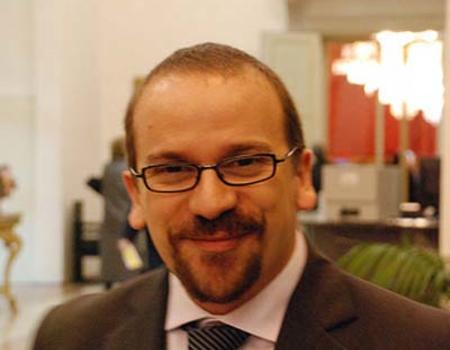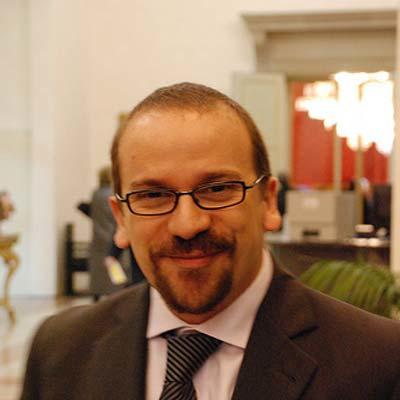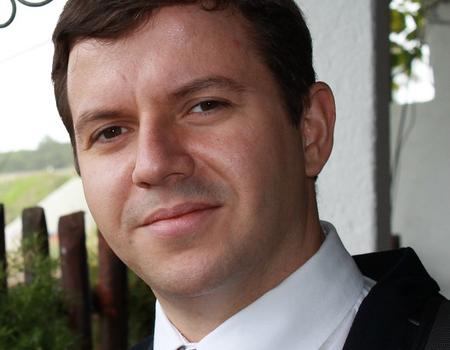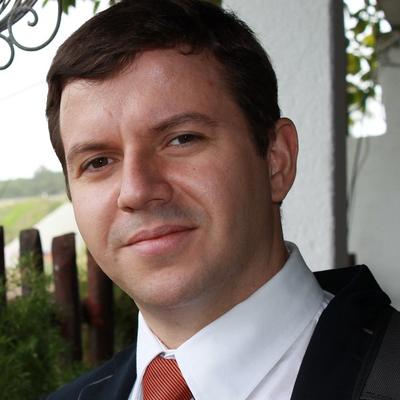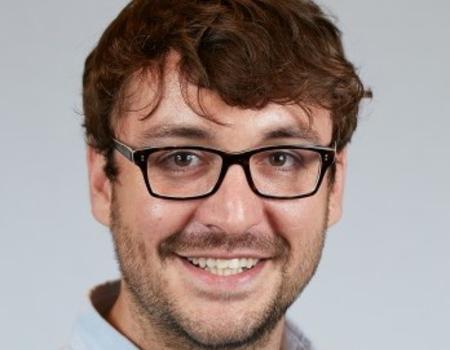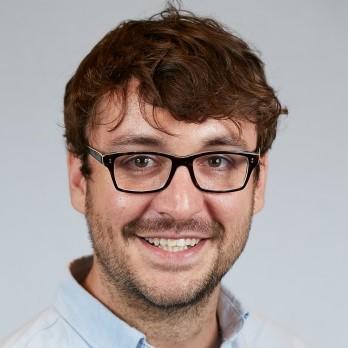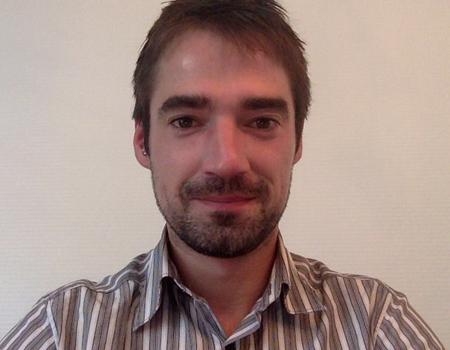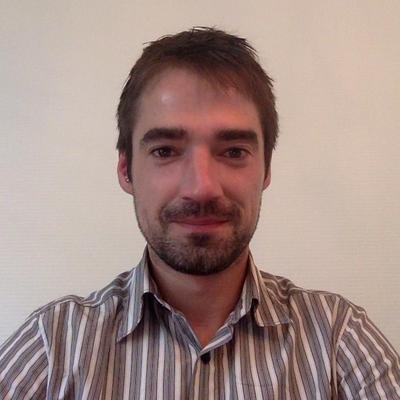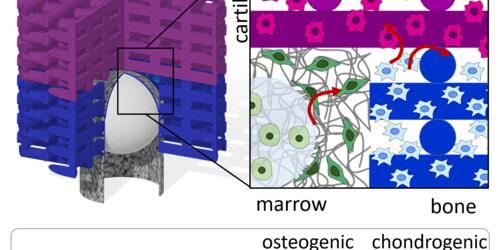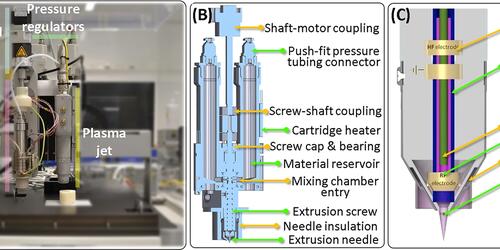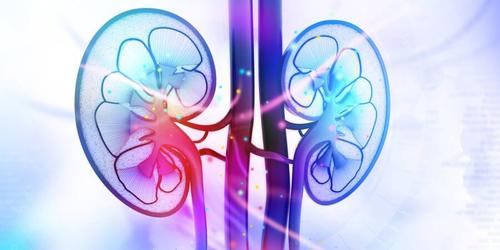Staff
-
Prof. Lorenzo Moroni
×Curriculm
Prof. Lorenzo Moroni studied Biomedical Engineering at Polytechnic University of Milan, Italy, and Nanoscale Sciences at Chalmers Technical University, Sweden. In 2001, he visited the lab of Professor Luke Lee at University of California Berkley, where he worked on microfabrication technologies for tissue engineering applications. He received his Ph.D. cum laude in 2006 at University of Twente on 3D scaffolds for cartilage and osteochondral regeneration, for which he was awarded the European doctorate award in Biomaterials and Tissue Engineering from the European Society of Biomaterials (ESB). In 2007, he worked at Johns Hopkins University as a post-doctoral fellow in the Elisseeff lab, focusing on hydrogels and stem cells. In 2008, he was appointed the R&D director of the Musculoskeletal Tissue Bank of Rizzoli Orthopedic Institute in Bologna, Italy, where he investigated the use of stem cells from alternative sources for cell banking, and the development of novel bioactive scaffolds for bone and cartilage regeneration. From 2009 till 2014, he joined again the University of Twente, where he worked as an assistant professor till 2013 and as an associate professor thereafter in the Tissue Regeneration department within the MIRA institute for Biomedical Technology and Technical Medicine. From 2014 till 2016, he continued as an associate professor position at the MERLN Institute for Technology-Inspired Regenerative Medicine of Maastricht University, for which he also acts as a member of the board of directors. In 2016, he has been appointed full professor in Biofabrication for Regenerative Medicine. Since 2019, he is chair of the Complex Tissue Regeneration department and vice-director of MERLN.
From 2012 till 2015, he was a board member of the Young Scientist Forum of the ESB and co-chairman of the “Biofabrication” thematic group within the Tisssue Engineering and Regenerative Medicine Society (TERMIS). In 2013, he was elected in the editorial board of the journal “Biofabrication”. Since 2014, he is a board member of the International Society for Biofabrication, where he acted as a treasurer (2015-2018) and is now chairman of the External Affairs committee. Since 2018, he is a council member of the European chapter of TERMIS and a board member of the governing board of global TERMIS. In 2014, he received the prestigious Jean Leray award for outstanding young principal investigators from the ESB and an ERC-starting grant aiming at creating novel scaffolds to control and actively steer stem cell fate. In 2016, he received the Robert Brown Young Investigator Award from TERMIS. In 2017, he was elected as faculty of the Young Academia of Europe and in the top 100 Italian scientists within 40 worldwide by the European Institute of Italian Culture.
His research group interests aim at developing new biofabrication technologies to generate libraries of 3D scaffolds able to control cell fate. This passes through the design of biomaterials, 3D scaffolds, physicochemical, mechanical, and surface properties to better understand cell-material interactions.
Lorenzo has been also active in commercial and clinical translation of his research lines. His efforts on designing 3D scaffolds for cartilage regeneration partly inspired the creation of CellCoTec B.V., a company bringing cellular regeneration technologies to the clinics. From 2010 till 2013, he was a co-founder and scientific advisor of the biotech company Screvo B.V., which is committed to the production of animal implantable 3D high through-put screening systems. He is currently exploring possibilities to start a new spin-off to bring regenerative medicine products for vascular applications to the clinics.
Affiliations: Maastricht University, MERLN Institute, Dept. of Complex Tissue Regeneration, The Netherlands
Position: Professor -
Carlos Mota
×Curriculm
Carlos Mota received his PhD in Biomaterials from the BIOS research doctorate school in Biomolecular Sciences at the University of Pisa, Italy, in March 2012. His doctoral studies were focused on the development of new approaches for the fabrication of polymeric scaffolds for Tissue Engineering applications. Furthermore, he was a researcher at the department of Neurosciences, University of Pisa, where he developed scaffolds for otology surgery applications.
In 2013, he was a postdoc at the department of Tissue Regeneration, University of Twente, where he developed in partnership with Screvo BV a multiwell array platform for high content screening, targeting the effect of small molecules and biopharmaceutical in cancer therapeutics in vitro and in vivo. In 2014, he continued as a post-doc at the Complex Tissue Regeneration (CTR) department at MERLN. Since 2017, he is an assistant professor in the CTR department leading biorpinting activities.
Carlos main research interests are focused on biofabrication, bioprinting and additive manufacturing techniques for the development of tissue engineered constructs.
-
Matthew Baker
×Curriculm
Matthew Baker received his B.S. in chemistry (2006) at the Clemson University in the United States and worked shortly for Tetramer Technologies, LLC, a start-up company commercializing novel fluoropolymers developed at Clemson University. He obtained his PhD in 2012 in Physical Organic Chemistry under the guidance of Ronald K. Castellano at the University of Florida. Here, he studied some atypical small molecule organogelators and developed structure/property relationships leading to the creation of multifunctional molecules from a singular synthon. He then moved to Eindhoven University of Technology to design and characterize water soluble supramolecular polymers under guidance of Prof. E. W. Meijer. Here he started a foray into regenerative medicine by creating supramolecular hydrogelators for as extracellular matrix (ECM) mimics.
In May 2015, he joined the MERLN institute as a researcher and PI within the Complex Tissue Regeneration (CTR) department. Here he aims to enhance the synthetic chemistry and materials used at the MERLN institute, while also starting a group to explore the utility of supramolecular and mecho- chemistry in understanding and enhancing cell-material interactions.
Matt's research interests include the synthesis and characterization of novel and dynamic materials to mimic the cellular environment and to influence cellular behavior. Of particular interest is the use of reversible supramolecular interactions (e.g. host-guest, supramolecular polymers, hydrogen bonding) to build these materials and the use of mechanochemistry to influence and measure cellular responses.
-
Paul Wieringa
×Curriculm
Originally from Canada, Dr. Paul Wieringa obtained his Bachelors in Applied Science with distinction in 2004 from the Integrated Engineering Program at the University of British Columbia, Vancouver. His studies allowed him to combine a broad range of Engineering disciplines, during which time he became interested in the multifaceted biomimetic design of biomedical devices. He was awarded a Master of Science degree cum laude in 2008 from the University of Twente, the Netherlands, specializing in Neural Engineering. From 2008 to 2009, he continued to work as a researcher at the University of Twente, where he continued work on from his thesis project on controlling neurite growth within the microfluidic channels of a Lab-on-a-chip. This work lead him to pursue a Ph.D. in the development of a regenerative neural interface, beginning at Scuola Superiore Sant’Anna in Pisa, Italy, under the supervision of Prof. Silvestro Micera, and later completing his degree at the University of Twente in the Tissue Regeneration Department, under the guidance of Prof. Richard van Wezel and Dr. Lorenzo Moroni. During this time, he employed various biofabrication technologies to create 3D polymer structures for guiding neural regeneration. In 2014, he was award a joint PhD from the University of Twente and Scuola Superiore Sant’Anna (cum laude).
Since this time, he has held a Post-Doc within the Complex Tissue Regeneration (CTR) Department in the new MERLN Institute for Technology Inspired Regenerative Medicine at the University of Maastricht, the Netherlands. Under the supervision of Prof. Moroni, he is continuing to work on the engineering of neural tissue within the context of regenerative medicine and, in addition, he oversees the microscopy facilities of the Institute.
In 2017, Paul was a laureate of the prestigious VENI award. Since 2018, he has become an assistant professor at CTR leading neural regeneration research in the group.

